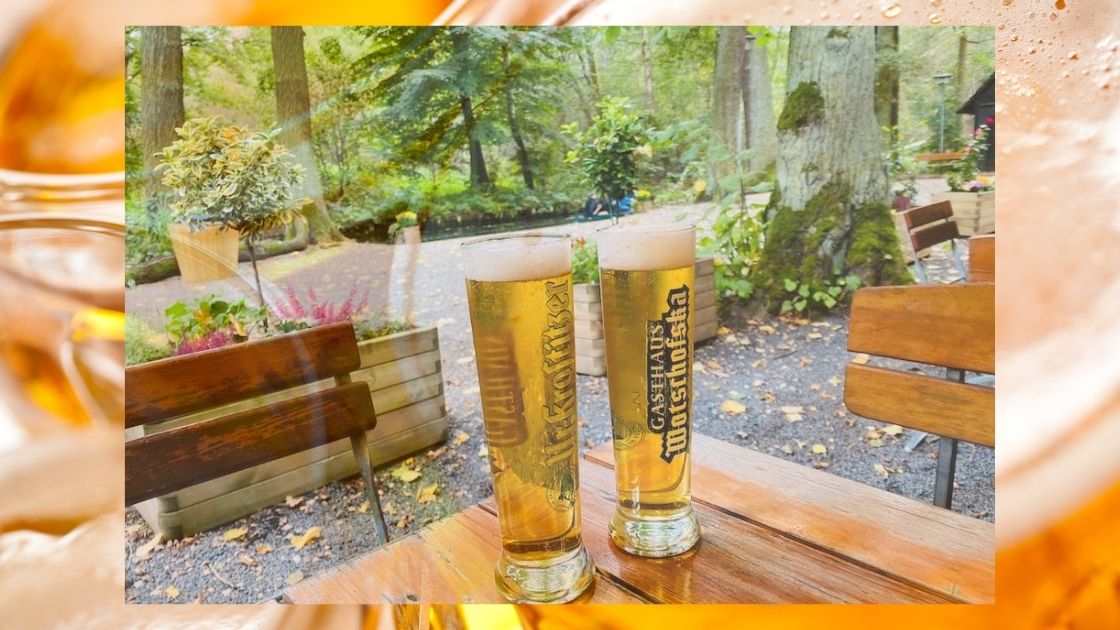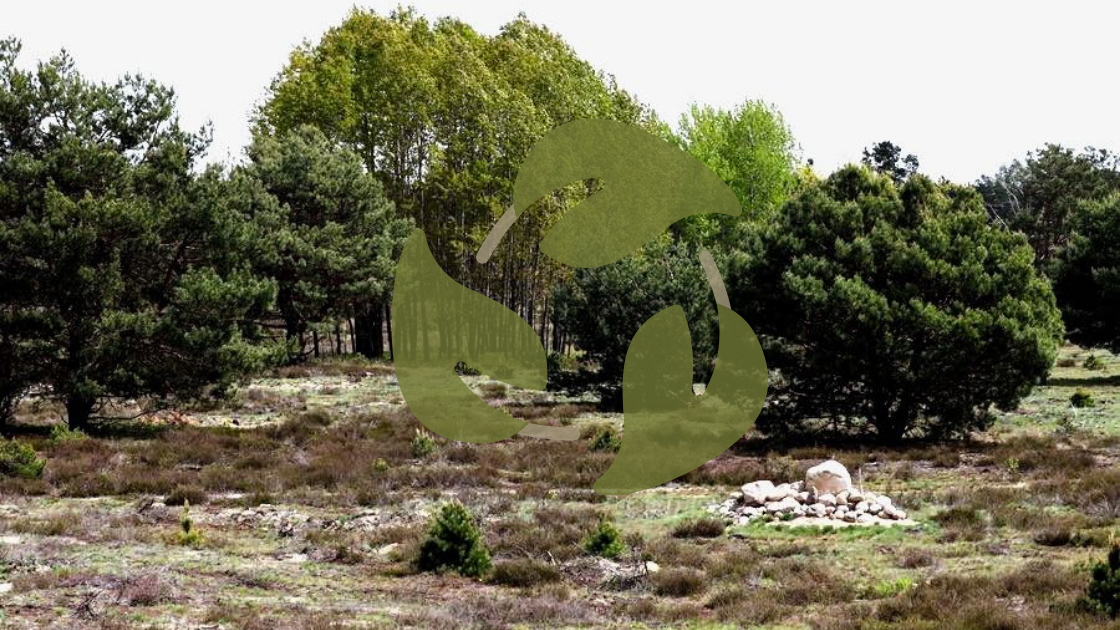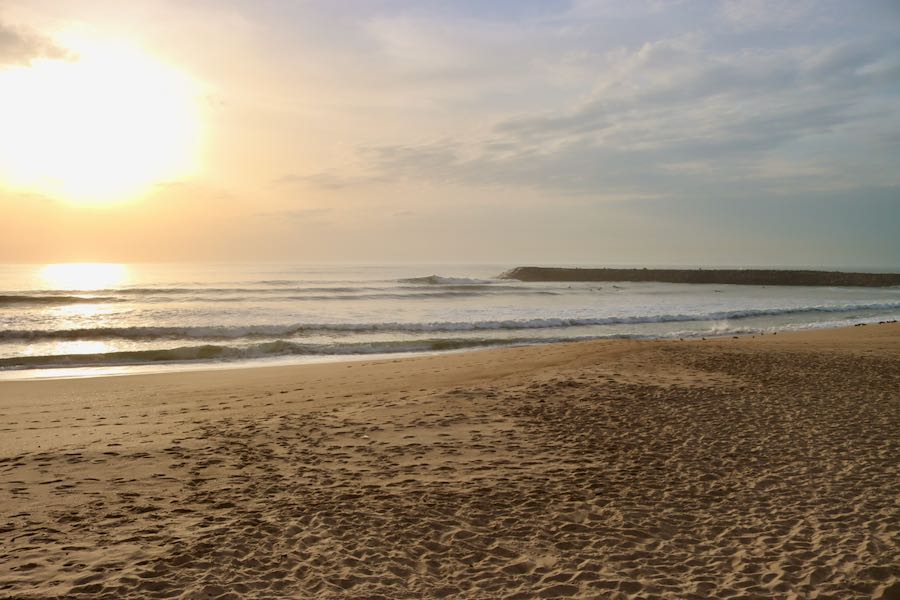Cosy, sociable, hospitable: What would Germany be without its Biergarten – beer gardens? A beer glass under chestnut trees, accompanied by typical German food! Get to know this 200-year-old tradition.
What is a Biergarten
In the beginning, Biergarten were open-air taverns amidst the trees, where you could eat the food you bring with you. Nowadays, they are still outdoors and in the middle of the trees, but people no longer bring their own food, because they are relaxed restaurants, serving typical German food, snacks, pizzas, salads, in other words, something to go with the beer that is the star of the house.
Perfect for sitting for hours with friends. Because they are seasonal, they always carry a vacation atmosphere.

How did the Biergarten culture begin?
A cultura cervejeira alemã teve origem na Baviera em 04.01.1812. Neste dia histórico, o então Rei Max I da Baviera permitiu que as cervejarias de Munique servissem a sua Märzenbier caseira com pão aos hóspedes. Esta permissão foi o fim de uma disputa sobre o licenciamento da cerveja, que havia anos estava em fúria entre senhorios e agricultores. No entanto, os agricultores não estavam autorizados a vender nada a não ser a sua própria cerveja.
A cerveja porém já era consumida anos antes, mas estava limitada aos meses de inverno, pois a bebida era muito perecível. Por isso as grandes cervejeiras de Munique, que podiam pagar, construíram caves profundas onde a cerveja podia ser arrefecida com gelo durante todo o ano. Muitas vezes as castanheiras eram plantados acima das adegas e o cascalho era espalhado para refrigerar ainda mais.
Os moradores de Munique começaram a se reunir sob esses castanheiros e beber cerveja. Os agricultores das cervejarias estavam felizes em atender a essa demanda e, embora não lhes fosse permitido vender alimentos, eles eram uma dura concorrência às pousadas vizinhas. Os convidados começaram a trazer as suas próprias comidas, assim como toalhas de mesa, tábuas de madeira e por vezes até velas. German beer culture originated in Bavaria on 04.01.1812. On this historic day, the then King Max I of Bavaria allowed Munich breweries to serve their homemade Märzenbier with bread to guests. This permission was the end of a dispute over beer licensing that had been raging for years between landlords and farmers. However, the farmers were not allowed to sell anything but their own beer.
Beer however was already being consumed years before, but it was limited to the winter months, as the drink was very perishable. So the big breweries in Munich, who could afford it, built deep cellars where the beer could be cooled with ice all year round. Chestnut trees were often planted above the cellars and gravel was spread to cool it further.
Munich residents began to gather under these chestnut trees and drink beer. The brewery farmers were happy to meet this demand, and although they were not allowed to sell food, they were stiff competition to the neighboring inns. Guests began to bring their own food, as well as tablecloths, wooden boards, and sometimes even candles.
Where is the world's largest Biergarten?
If you want to visit the world’s largest Biergarten, you have to go to the Königlicher Hirschgarten in Munich, where it is located. It has space for about 8000 guests. There the beer is still brewed from the so-called “Hirschen,” a 200-litre wooden barrel.
Fortunately, there are numerous Biergarten all over Germany and they are open all day and night as well. So if you feel like visiting one and enjoying a cold beer under chestnut trees you will have no trouble finding one nearby!
Alguns TOP beer garden em Berlim
Prater
This idyllic place under the shade of chestnut trees in Prenzlauer Berg is considered to be the oldest Biergarten in the city. Beer has been served at the Prater since 1837 and no doubt the home-brewed beer delights visitors from many countries.
Located on Kastanienallee, which is very popular with locals and tourists visiting Berlin, the Prater is always packed in the summer.
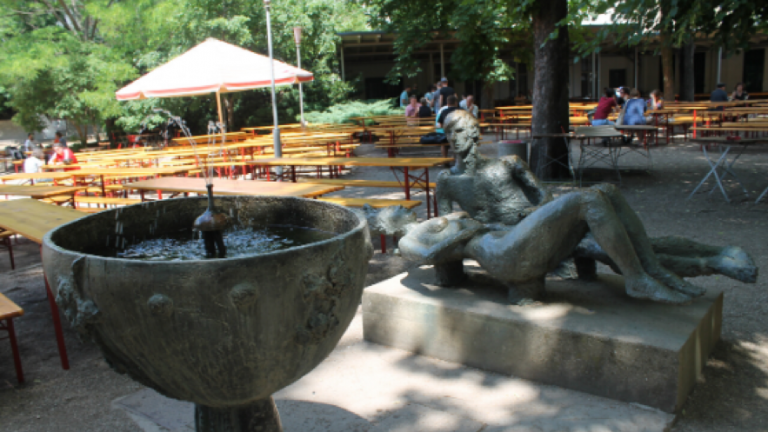
Loretta am Wannsee
Located directly on the Wannsee, the Loretta is a popular destination not only for cyclists and hikers but also for all those who simply want to enjoy the view of the Wannsee with a good beer.
The Biergarten has been completely renovated in recent years, without losing its old charm. Families with children also enjoy going to the Loretta, as there are a playground and ping pong tables.
The Loretta also has a tradition of showing soccer matches and gathering fans at major events, such as the European Football Championship or the World Cup.

Schleusenkrug
Since the early 1950s, there has been this beautiful Biergarten directly at the Tiergarten Lock. When the weather is nice and on weekends, getting a place to sit down is no easy task. But it pays off. The atmosphere is cosy, the beer wonderful, and there is a variety of dishes and snacks.
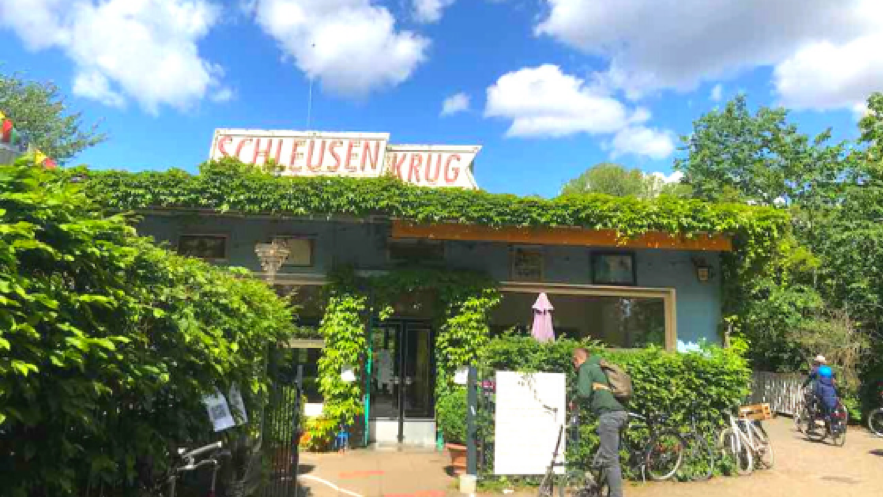
Zollpackhof Biergarten
In this Biergarten besides enjoying the river Spree, you can sit overlooking the Federal Chancellery and have a beer while the Chancellor of Germany works. Here you can also enjoy typical German dishes such as Weißwurst with pretzels, Flammkuchen with bacon and onions, or Wienerwurstchen with potato salad.

Discover algum Biergarten spontaneously
Walking or cycling through Berlin, dare to go beyond the central area and you will surely find a very cosy Biergarten. So just allow yourself to enjoy this typical German wonder!
Read more about German beers here!
Prost!
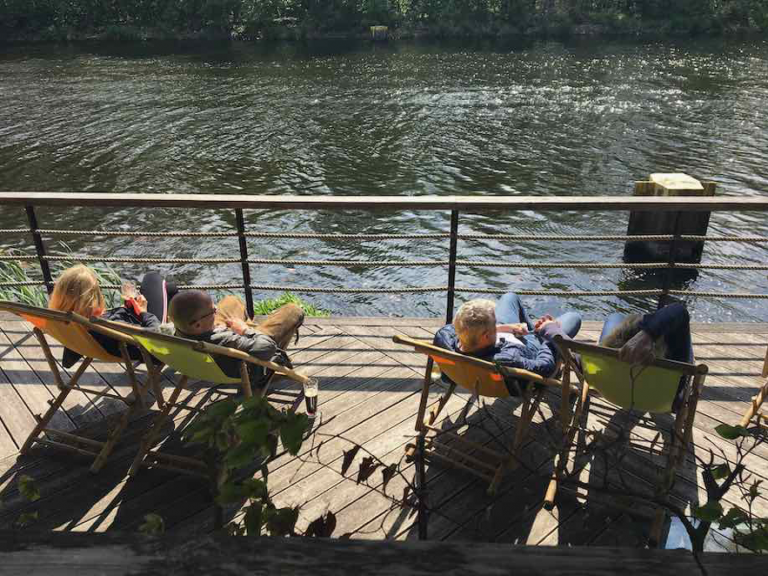
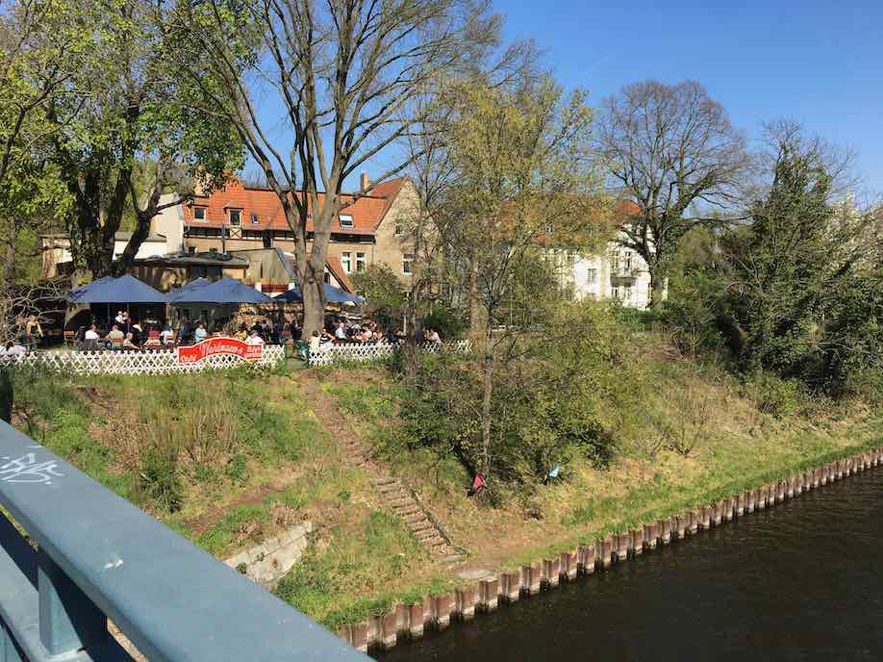

Would you like to know how to brew a Great Beer in 3 simple steps?
I know that many people want to brew their own beer. It’s more than a hobby, it’s a therapy, a lifestyle.
With Beer Brewing Made Easy – a digital program that teaches you how to make your own beer with step-by-step instructional guides and videos. After that, you can gather your friends and proudly say that you made the beer yourself.
Top!!!

